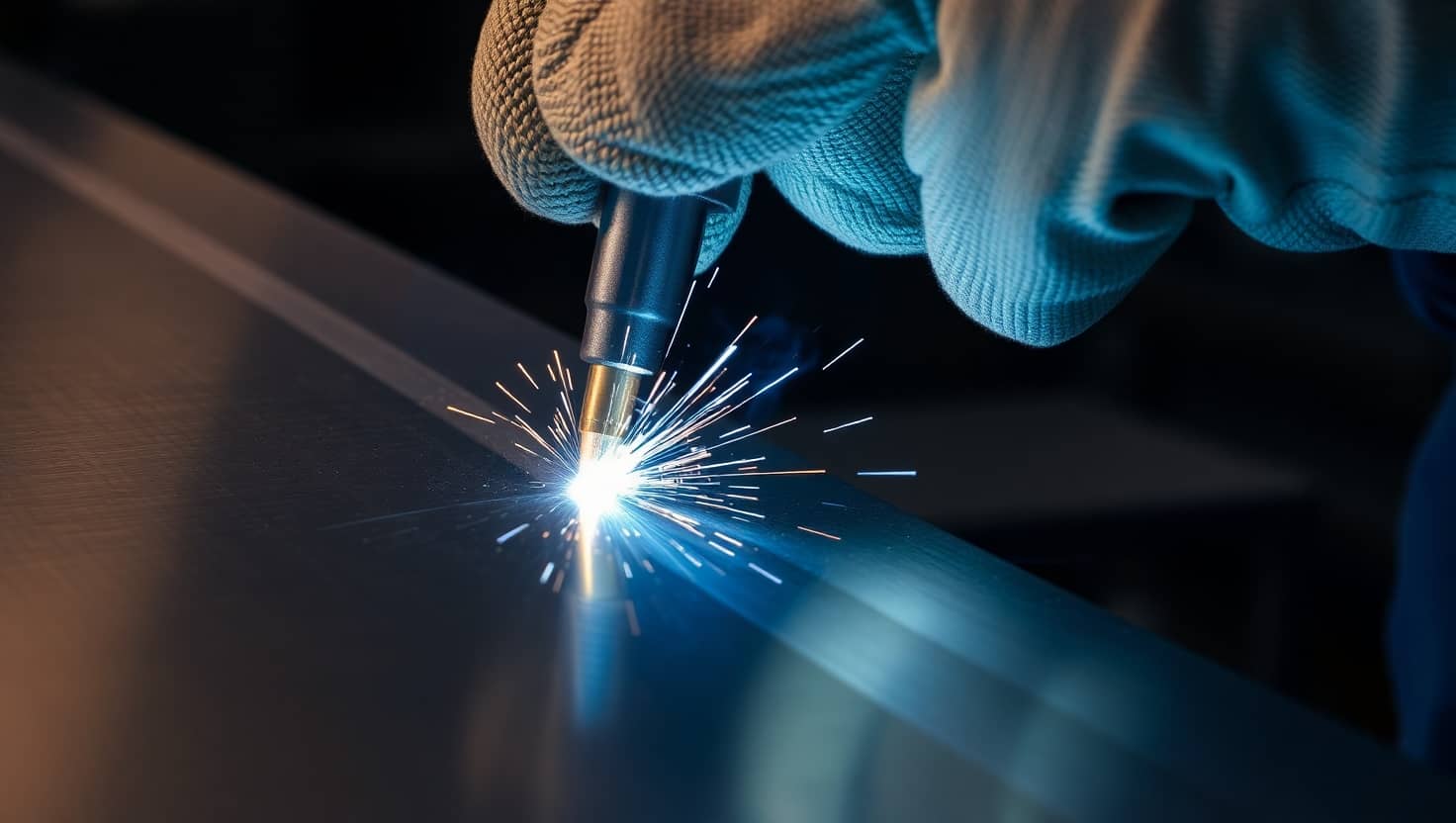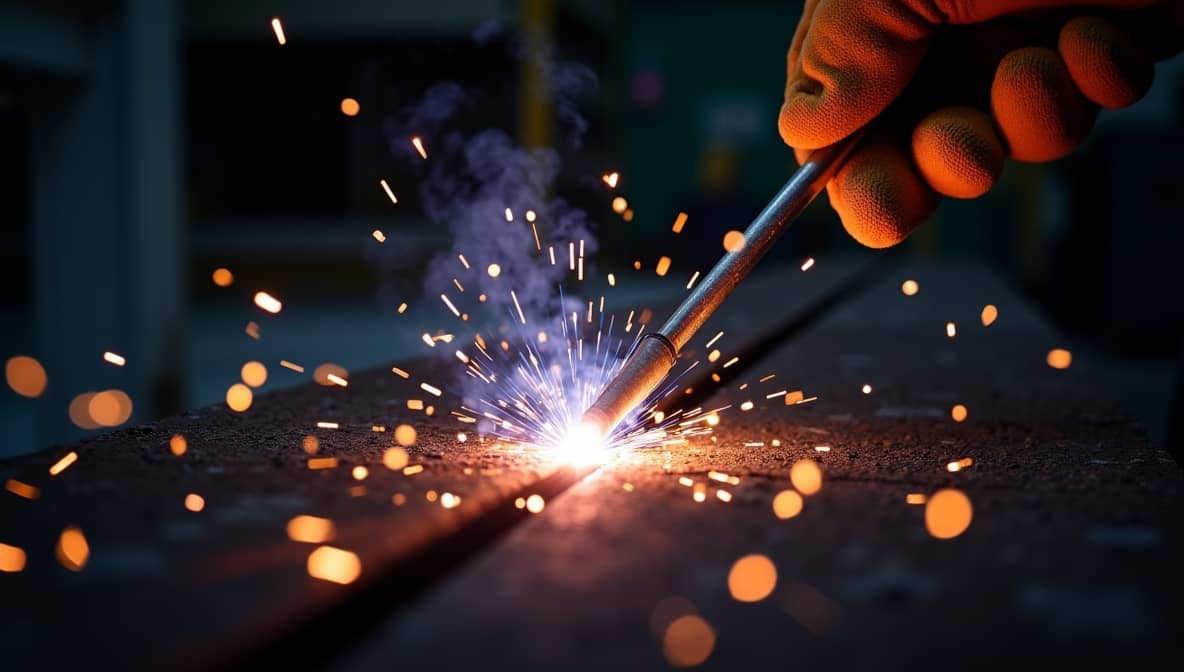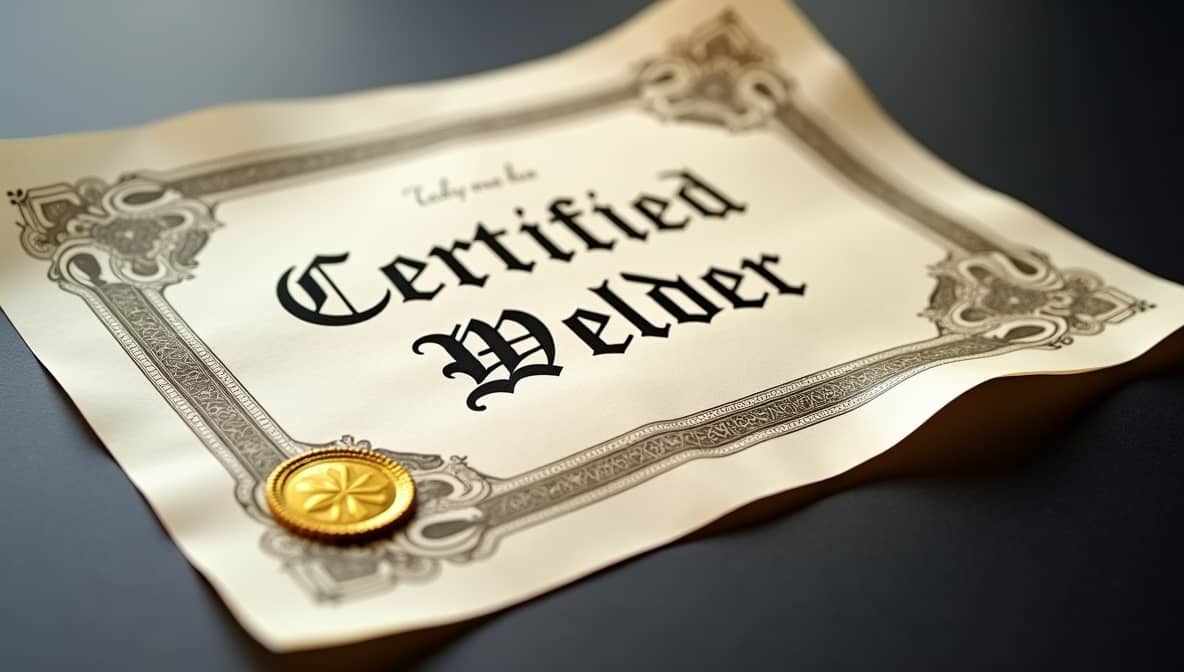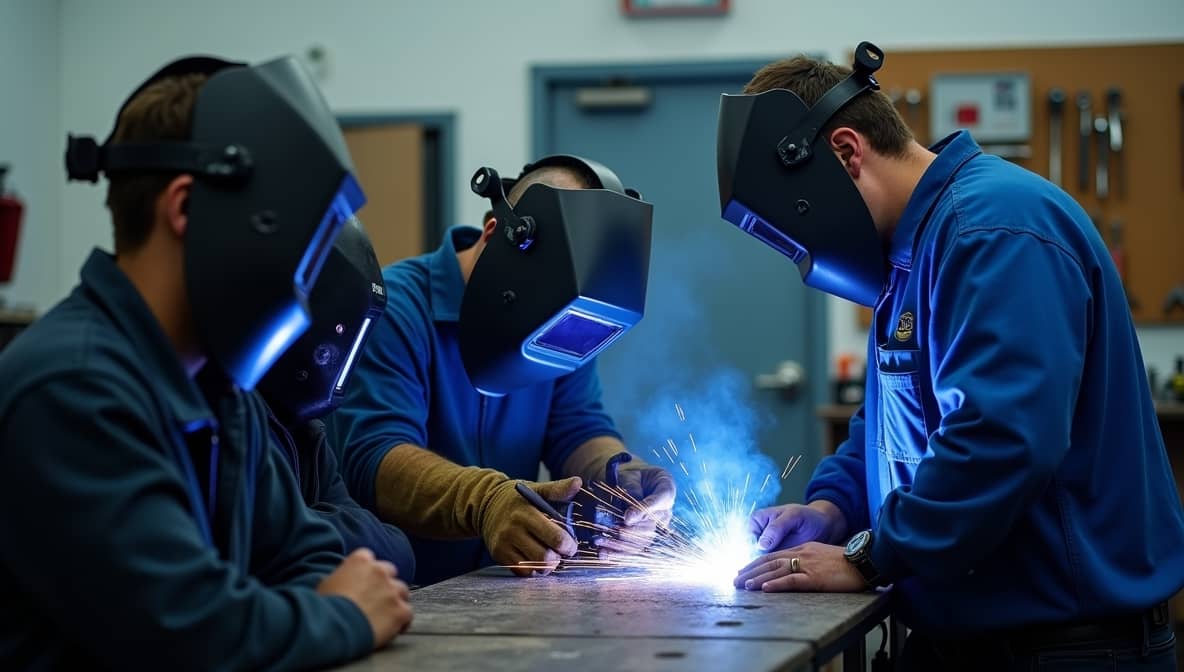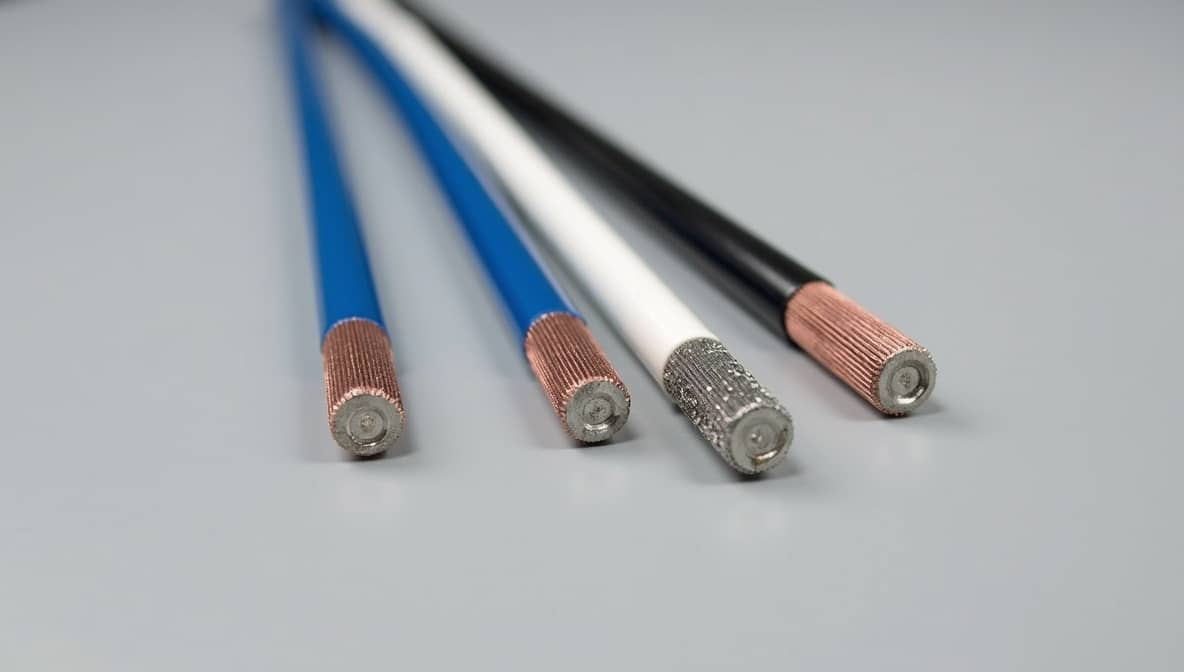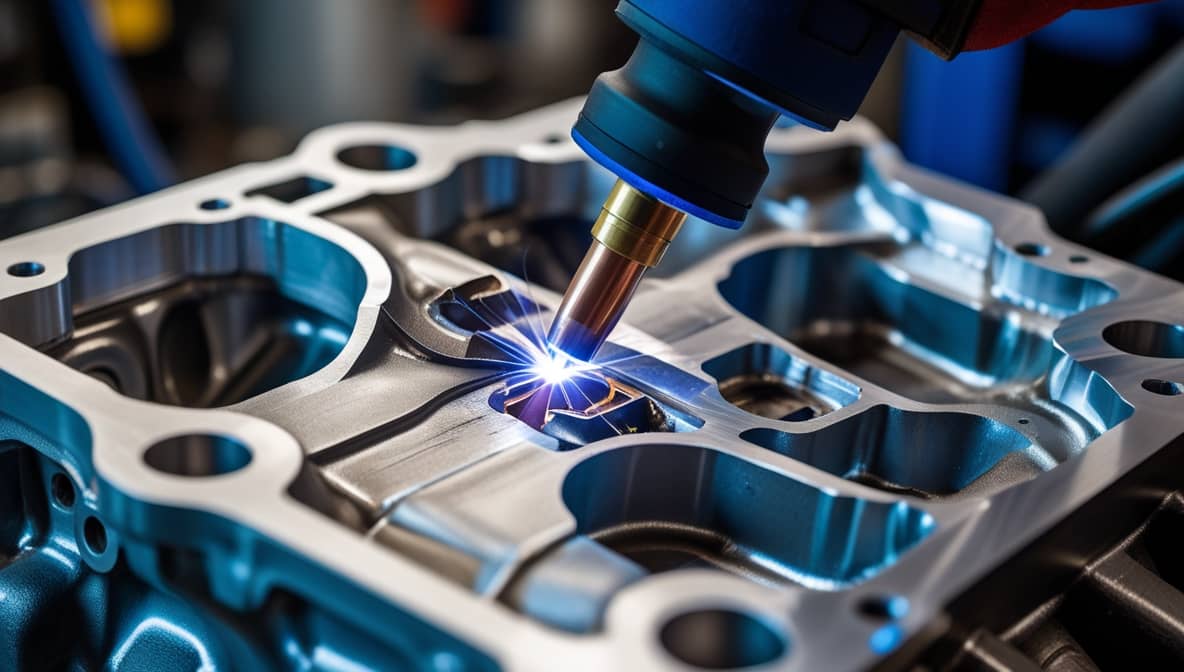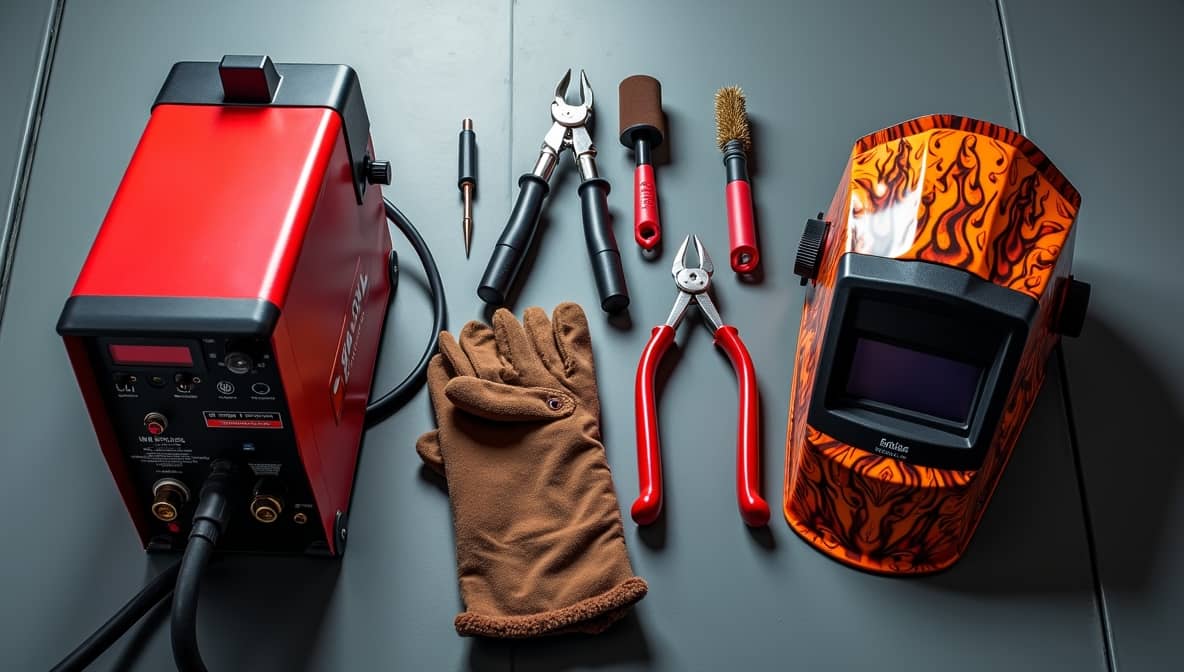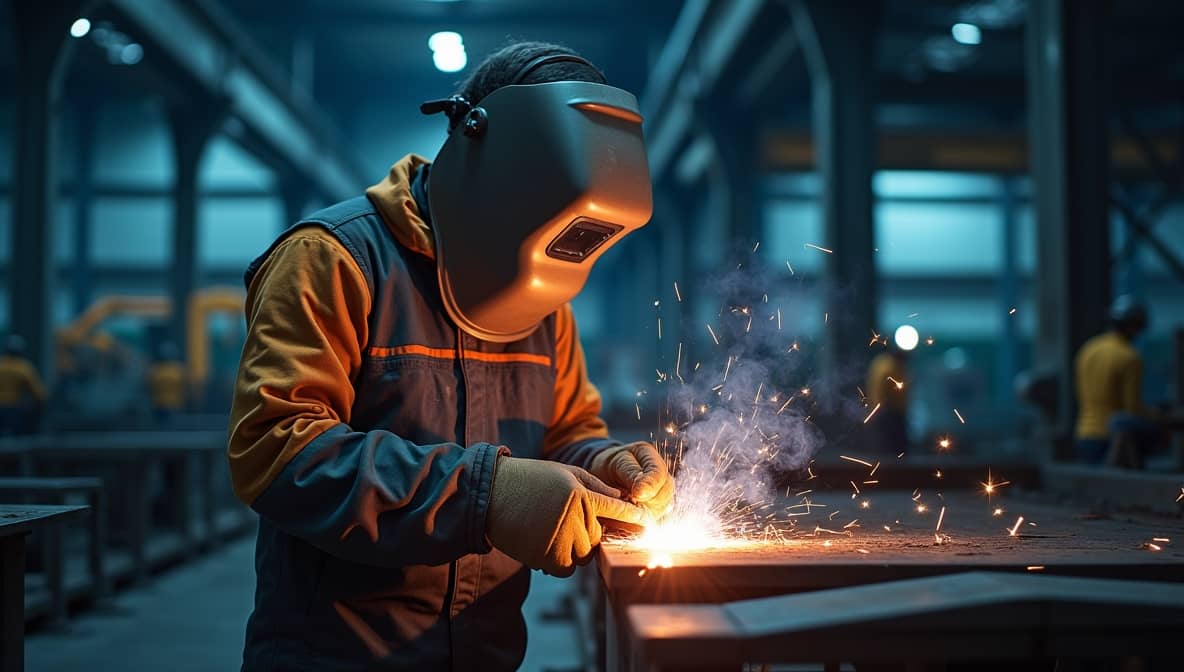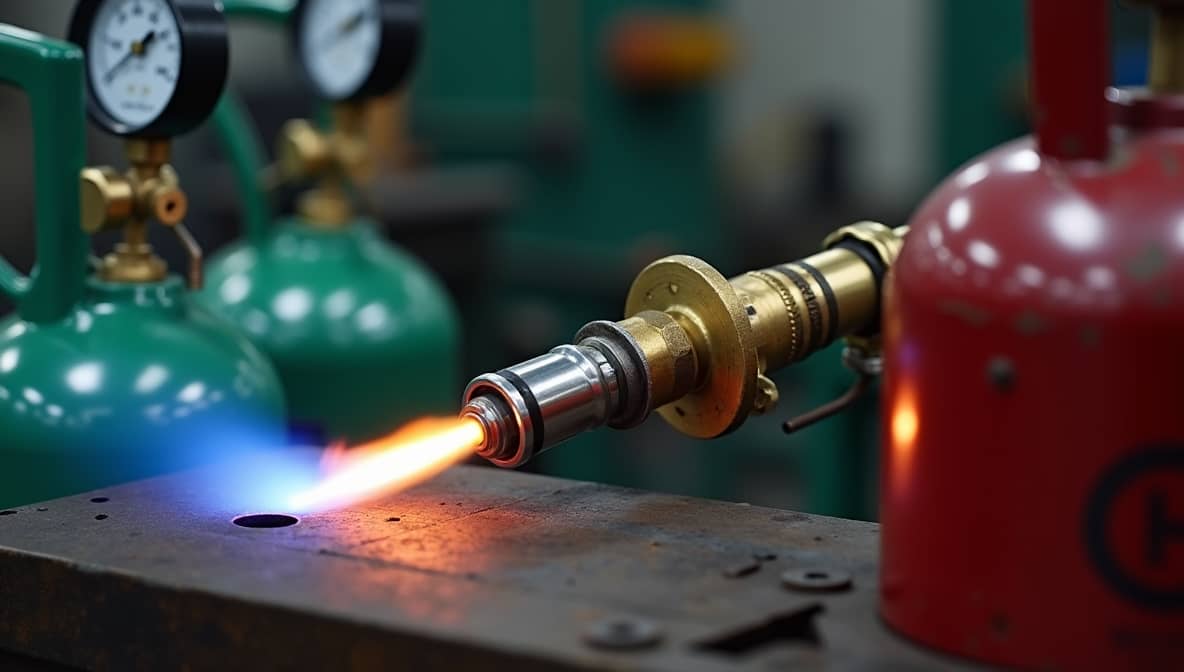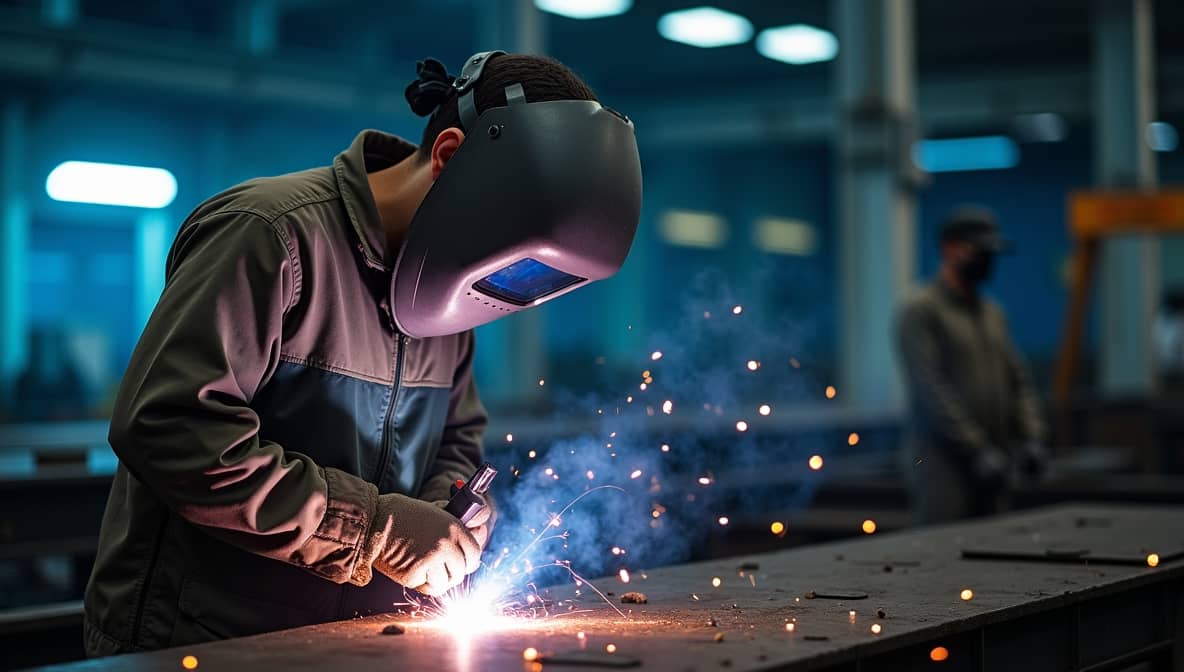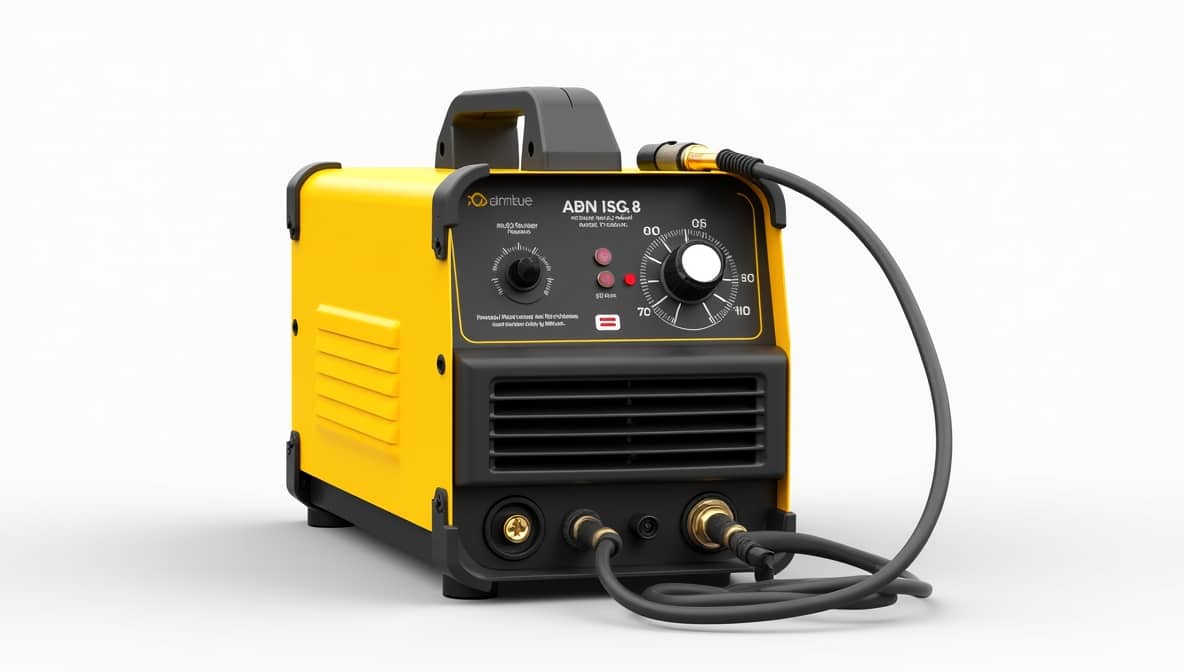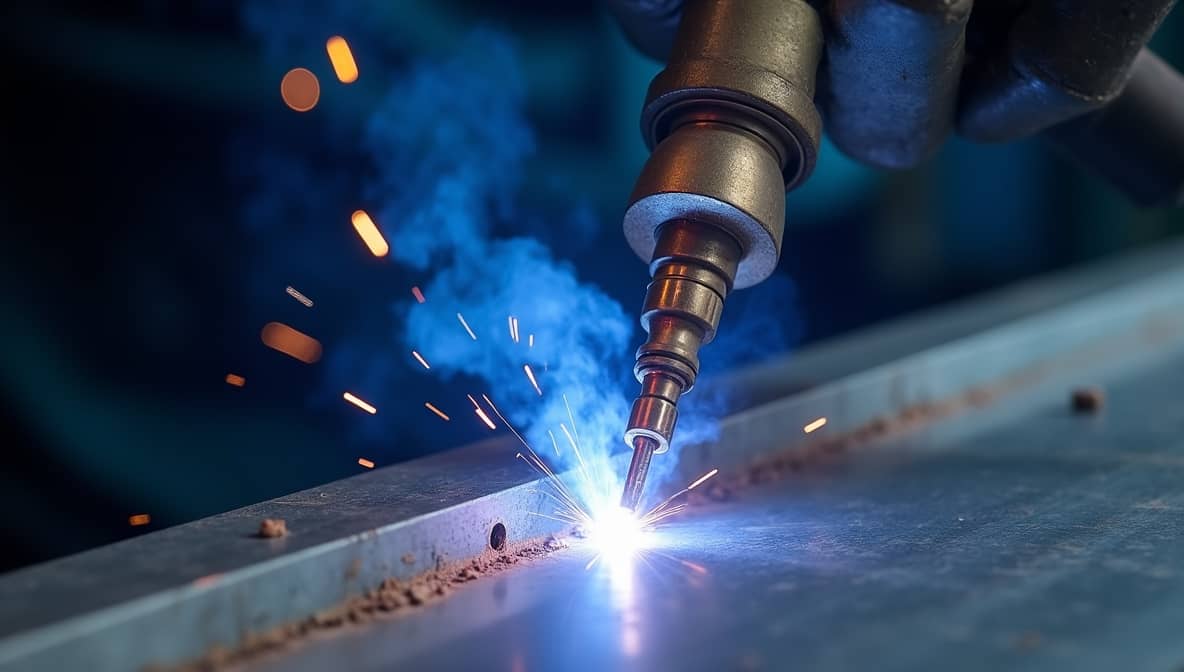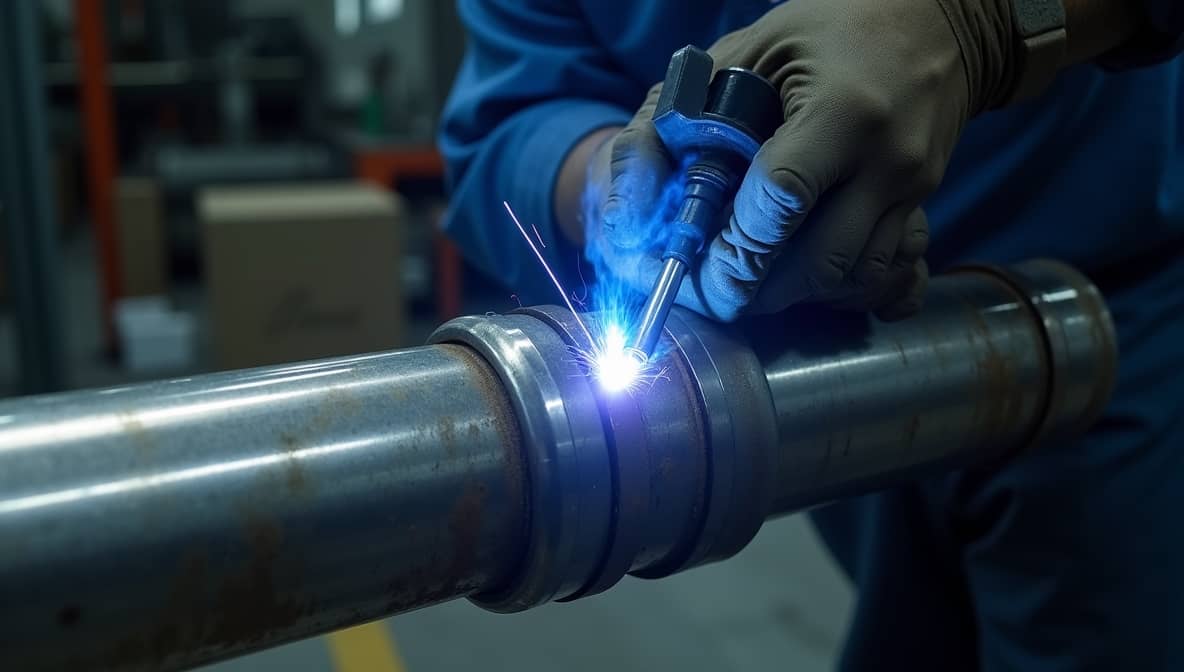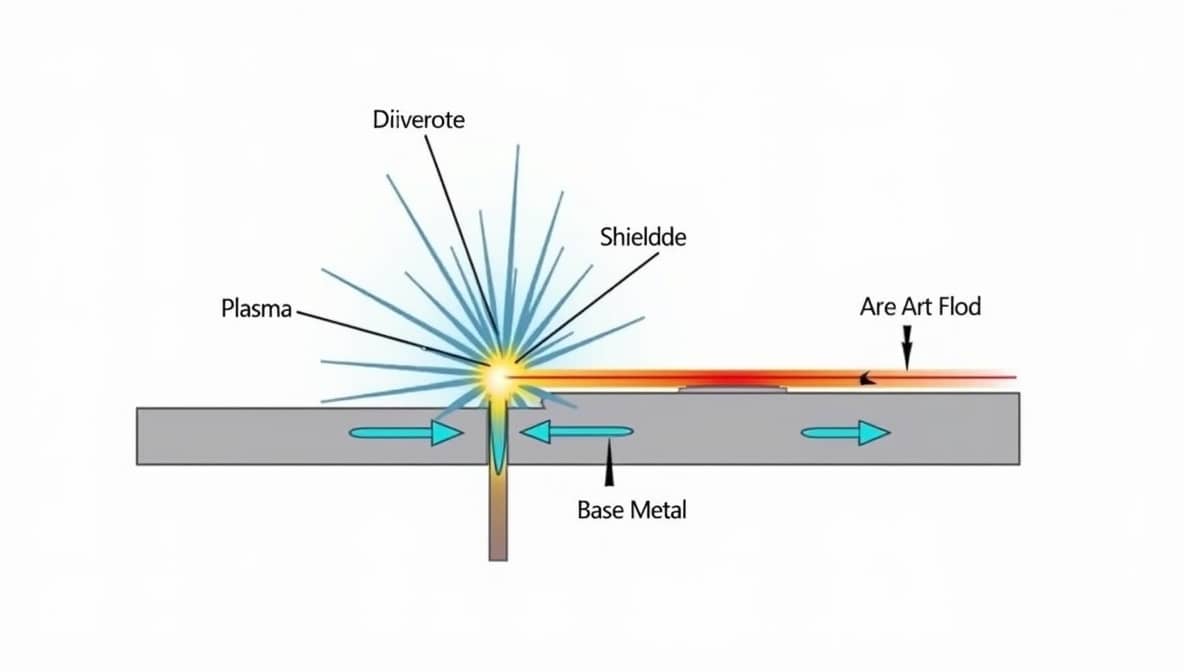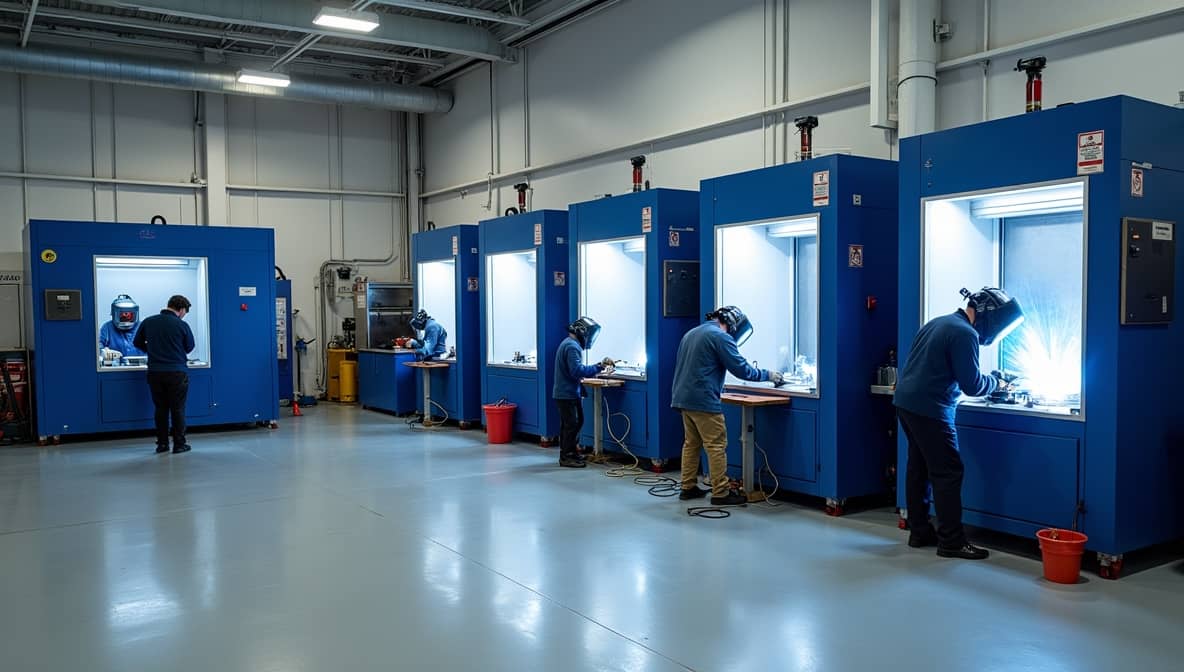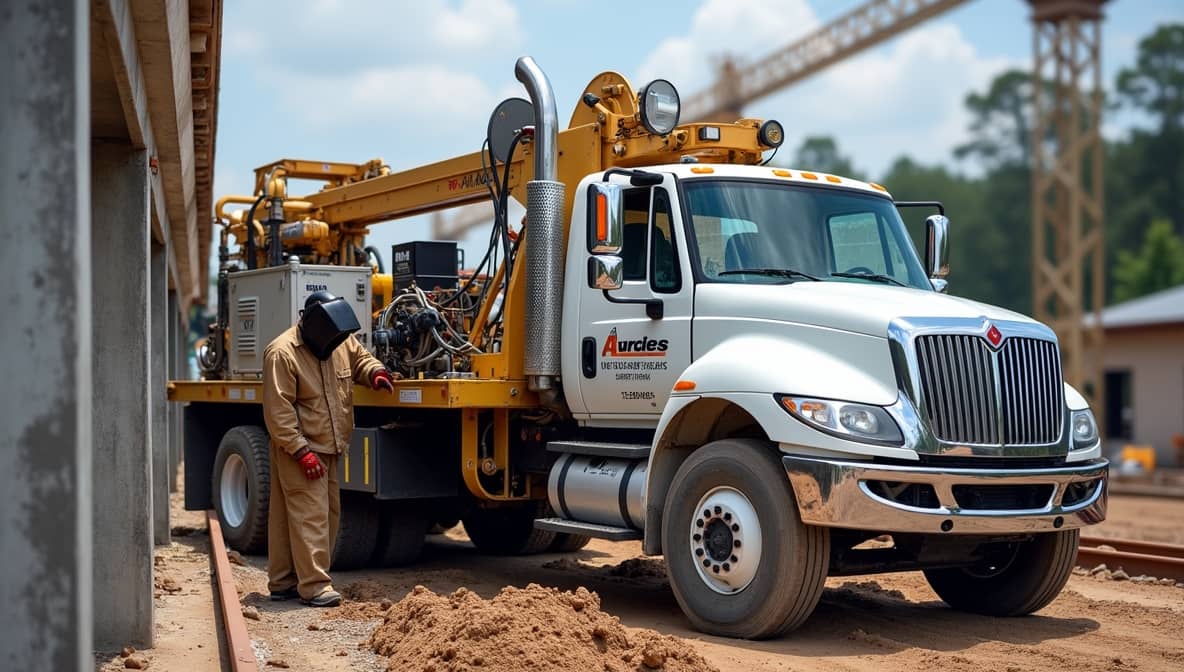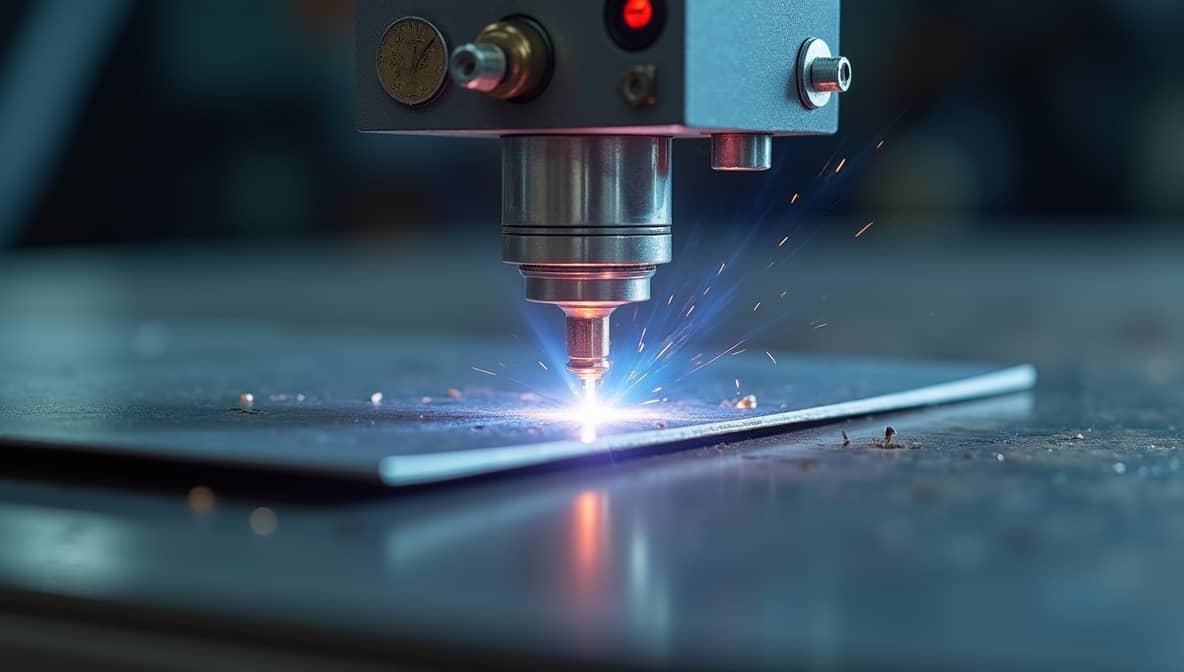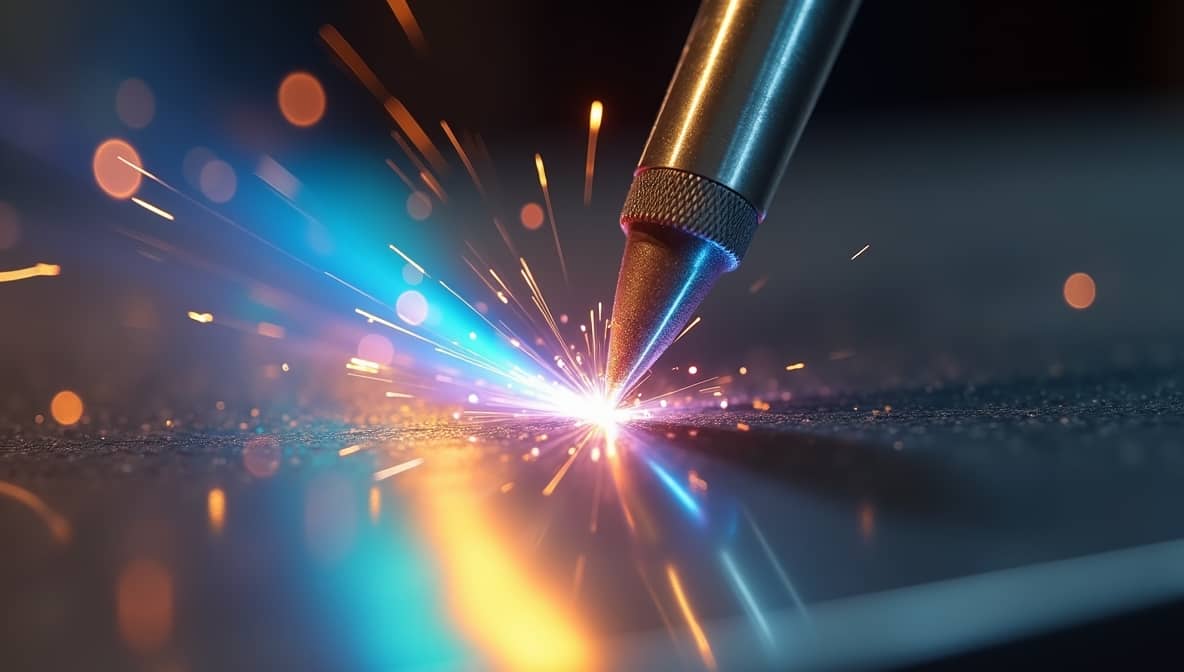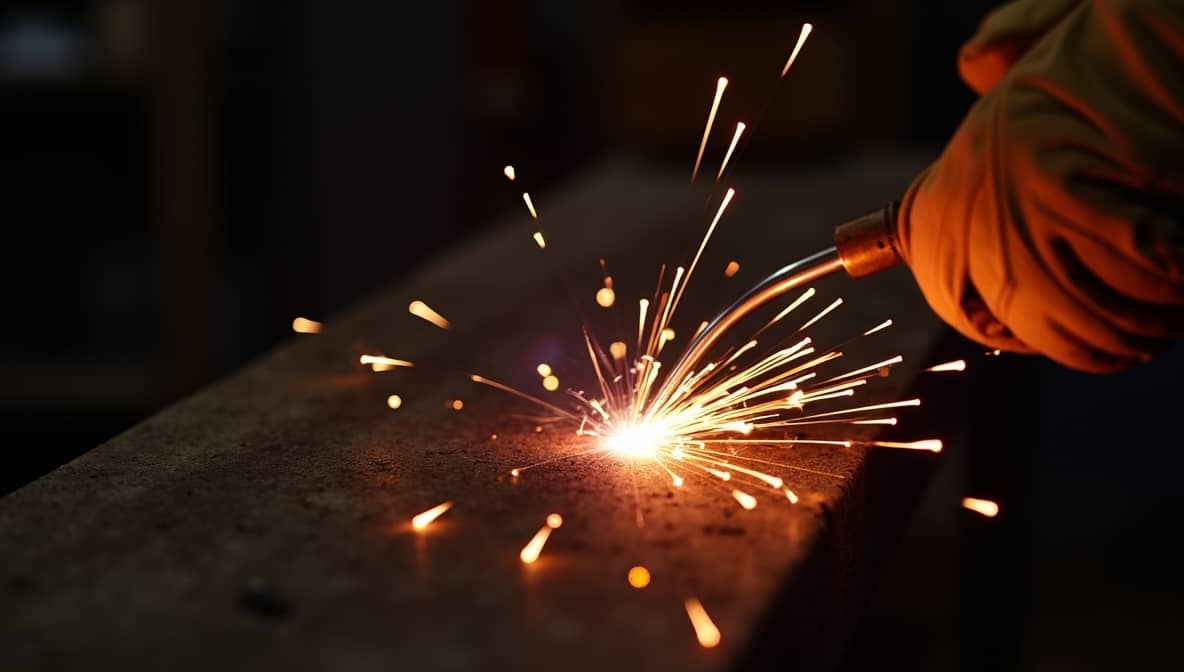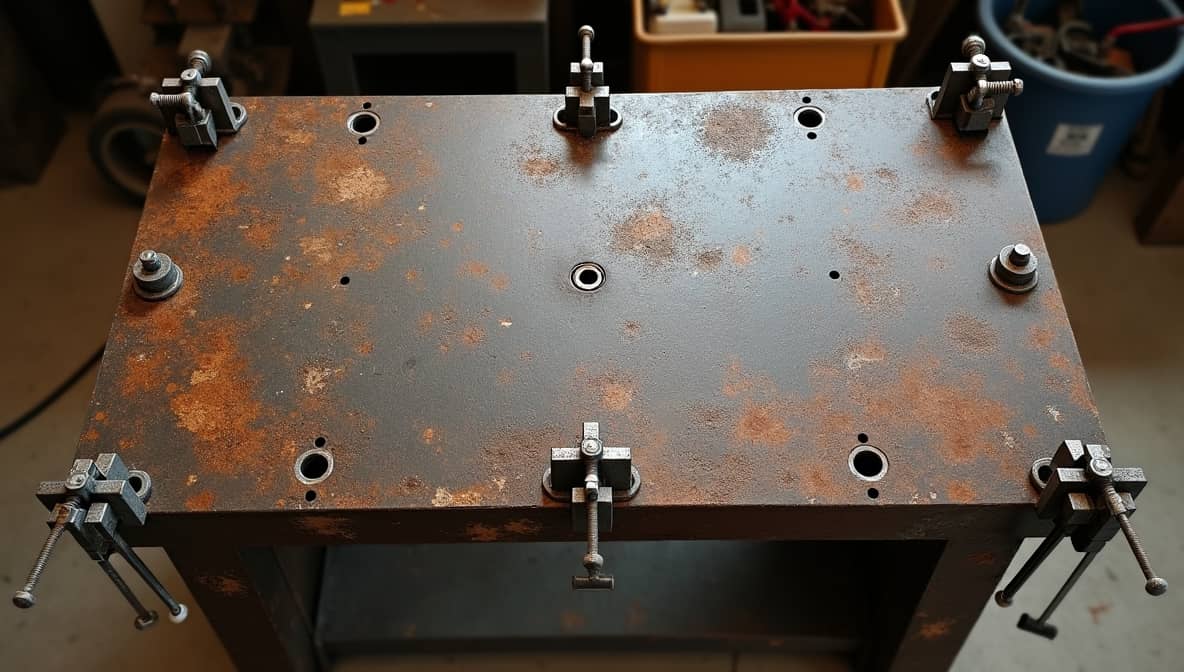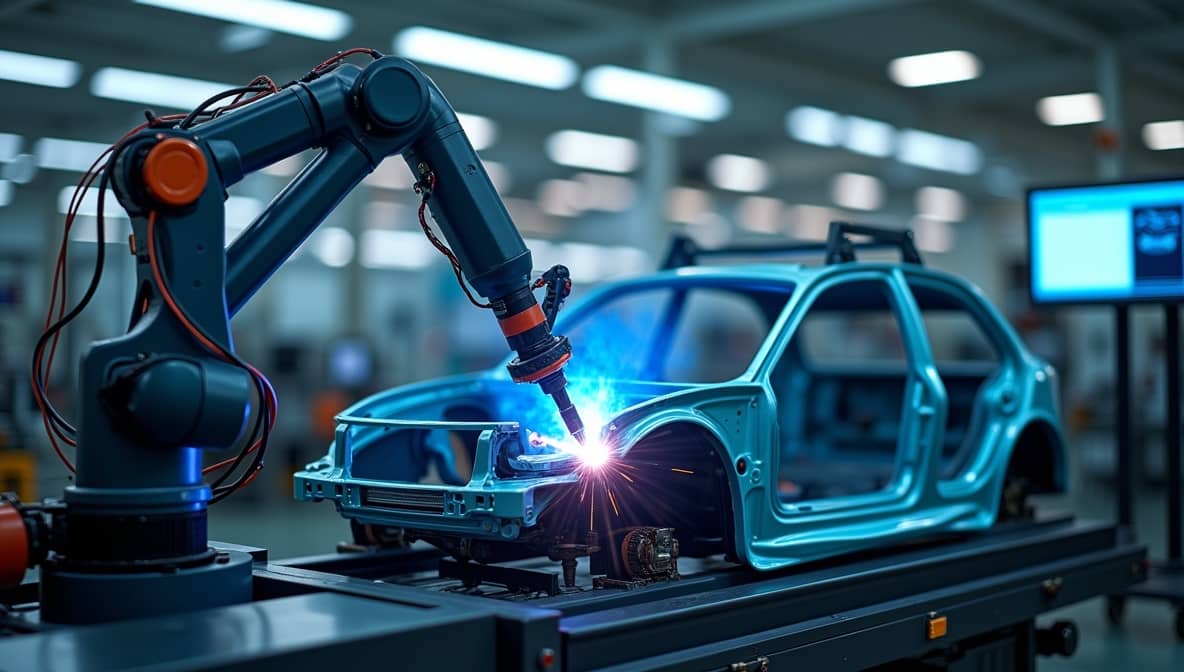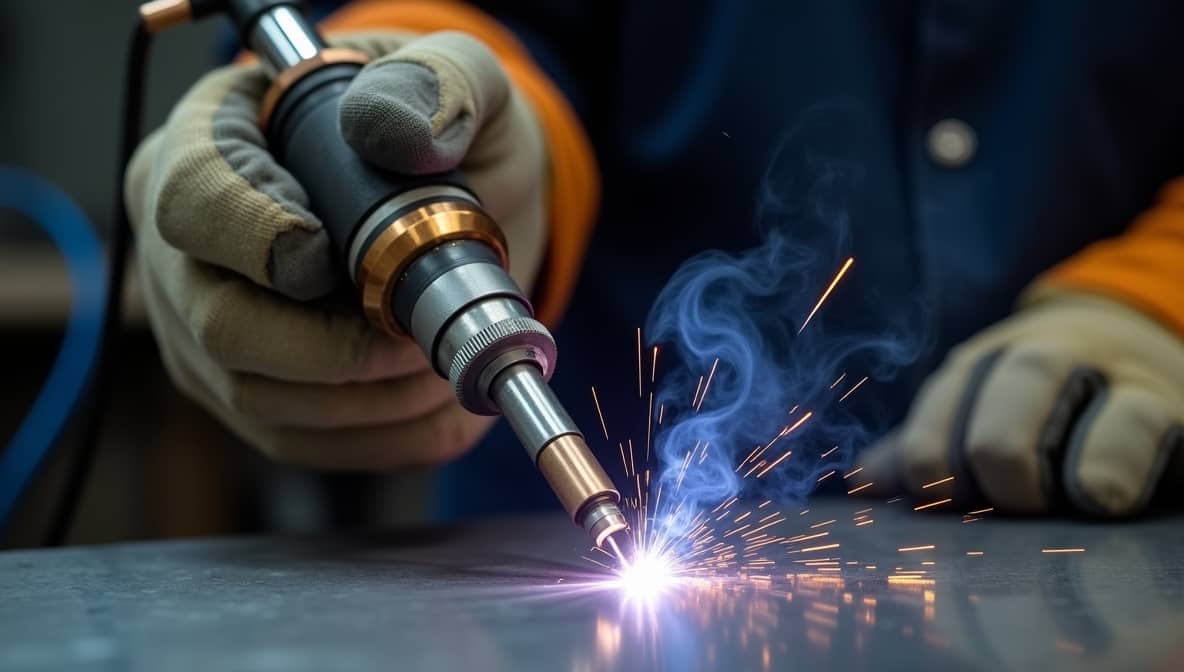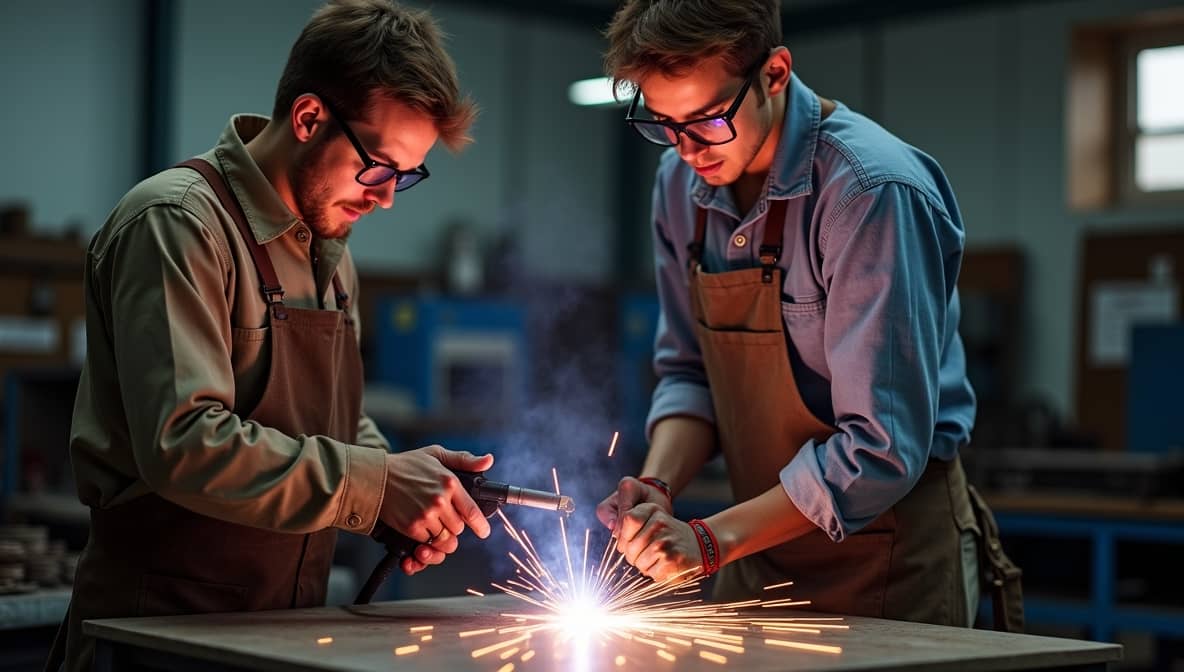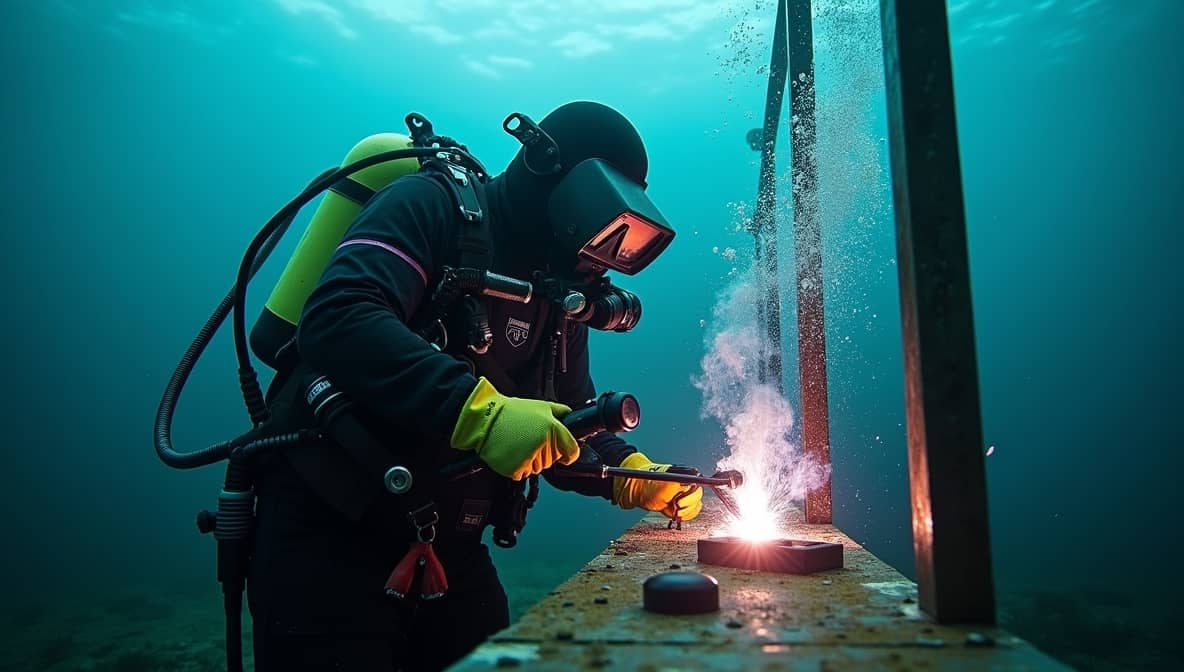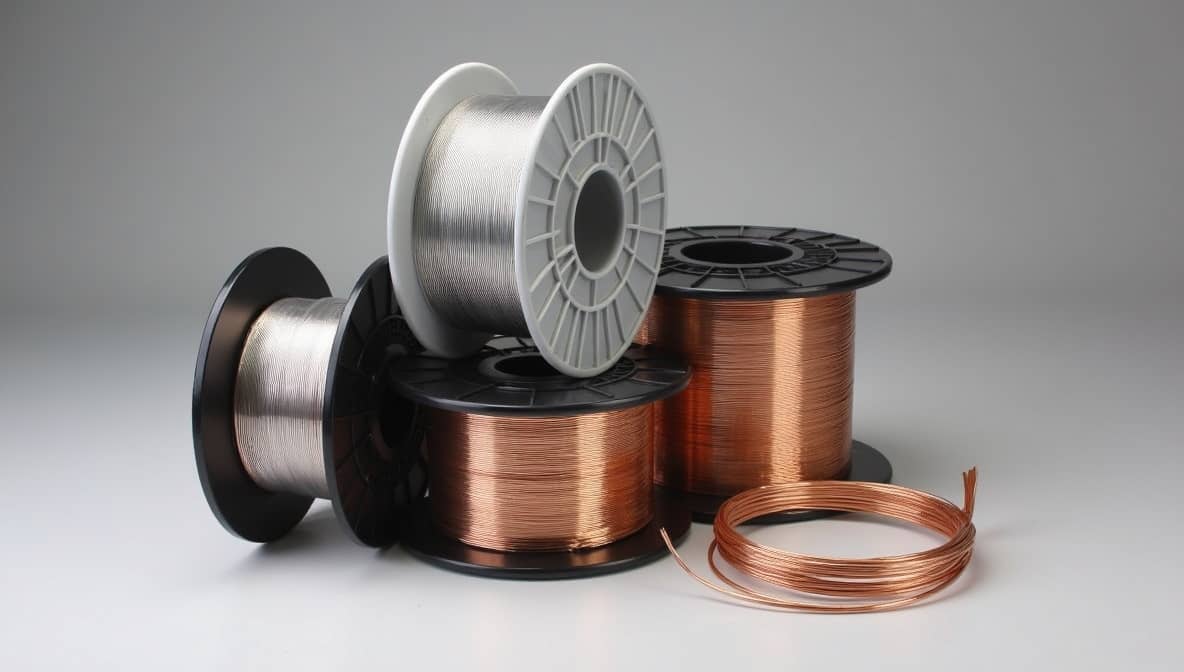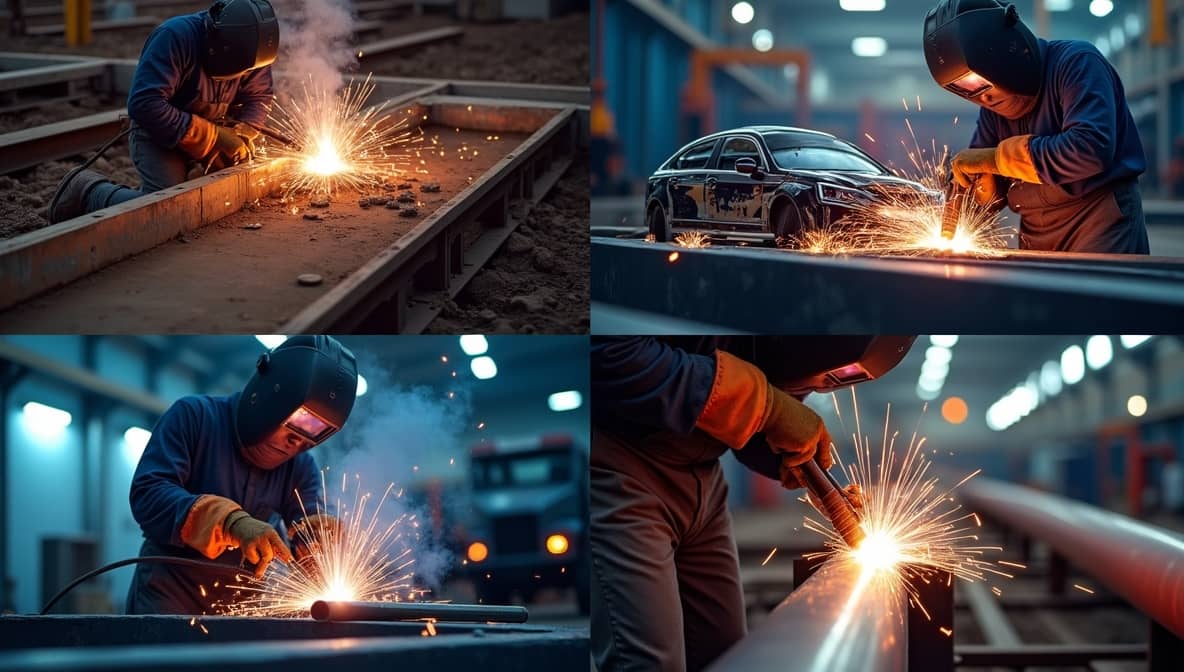Welding Wisdom for Professionals and Beginners Alike.
Start from herePrecision Welding Insights at Your Fingertips
Building Stronger Connections through Welding
Explore Welding
Discover comprehensive resources across all welding disciplines. From beginners looking to start their journey to professionals seeking advanced techniques, WeldingHubs has you covered.
Aluminum Welding
ExploreARC Welding
ExploreWelding Certificate
ExploreWelding Classes
ExploreElectrode
ExploreEngine Welding
ExploreWelding Equipment
ExploreFlux
ExploreGas Welding
ExploreHelmet
ExploreWelding Job
ExploreWelding Machine
ExploreMIG Welding
ExplorePipe Welding
ExploreWelding Process
ExploreSafety
ExploreWelding School
ExploreWelding Service
ExploreSpot Welding
ExploreStainless Welding
ExploreStick Welding
ExploreWelding Table
ExploreWelding Technology
ExploreTIG Welding
ExploreWelding Training
ExploreUnderwater Welding
ExploreWelding Wire
ExploreUses of Welding
ExploreLatest Articles
Pure Tungsten: Why It’s the Best Choice for Aluminum TIG Welding Techniques
Pure tungsten is sometimes chosen for welding aluminum because of its high melting point and good conductivity. However, zirconia tungsten is often preferred. It offers better current-carrying capacity, stability, and…
Aluminum Welding: Why You Need a Separate Area for Optimal TIG Welding Results
A separate area for aluminum welding is essential due to its high heat conductivity. This demands careful management of heat. Clean surfaces prevent oxidation and ensure strong welds. Adequate preheating…
Porosity in Stick Welding Aluminum: Causes, Solutions, and Troubleshooting Tips
Porosity in aluminum welds happens when gases get trapped in the weld pool. This can occur if the metal freezes too quickly, preventing air and shielding gases from escaping. Turbulence…
Why Soot Appears When MIG Welding Aluminum: Causes, Solutions, and Techniques
Soot appears during MIG welding of aluminum when arc heat vaporizes magnesium, causing reactions with oxides. To reduce soot, keep a gun push angle of around 15 degrees for better…
Heat Treatment After Welding Aluminum: Why It’s Essential for 6061-T6 Restoration
Heat treating after welding aluminum is important because welding can weaken the mechanical properties in the heat affected zone. For alloys in the -T4 temper, post-weld aging helps recover strength….
AC Welding Aluminum: Essential Benefits, Techniques, and Advantages Explained
AC welding is crucial for aluminum because aluminum oxidizes quickly. It alternates the electrode’s polarity to clean oxide layers, improving penetration and weld quality. AC TIG welding allows for better…
Color Welding Aluminum: Why Am I Getting Discoloration and Troubleshooting Tips
The color of aluminum welds changes due to the oxide layer on its surface. A thin oxide layer creates a gold or straw color. In contrast, a thick oxide layer…
Aluminum Welding: Why It’s Difficult and Key Challenges for Beginners
Aluminum welding is difficult due to various challenges. Its high thermal conductivity leads to rapid heat dissipation, which requires greater heat input. This increases the risk of distortion in aluminum…
Why Welding Aluminum is Expensive: Costs, Challenges, and Comparison to Steel
Welding aluminum is costly because of high labor costs and the need for specialized training. Aluminum’s low melting temperature demands precise heat control. Its natural oxidation makes arc starting difficult….

